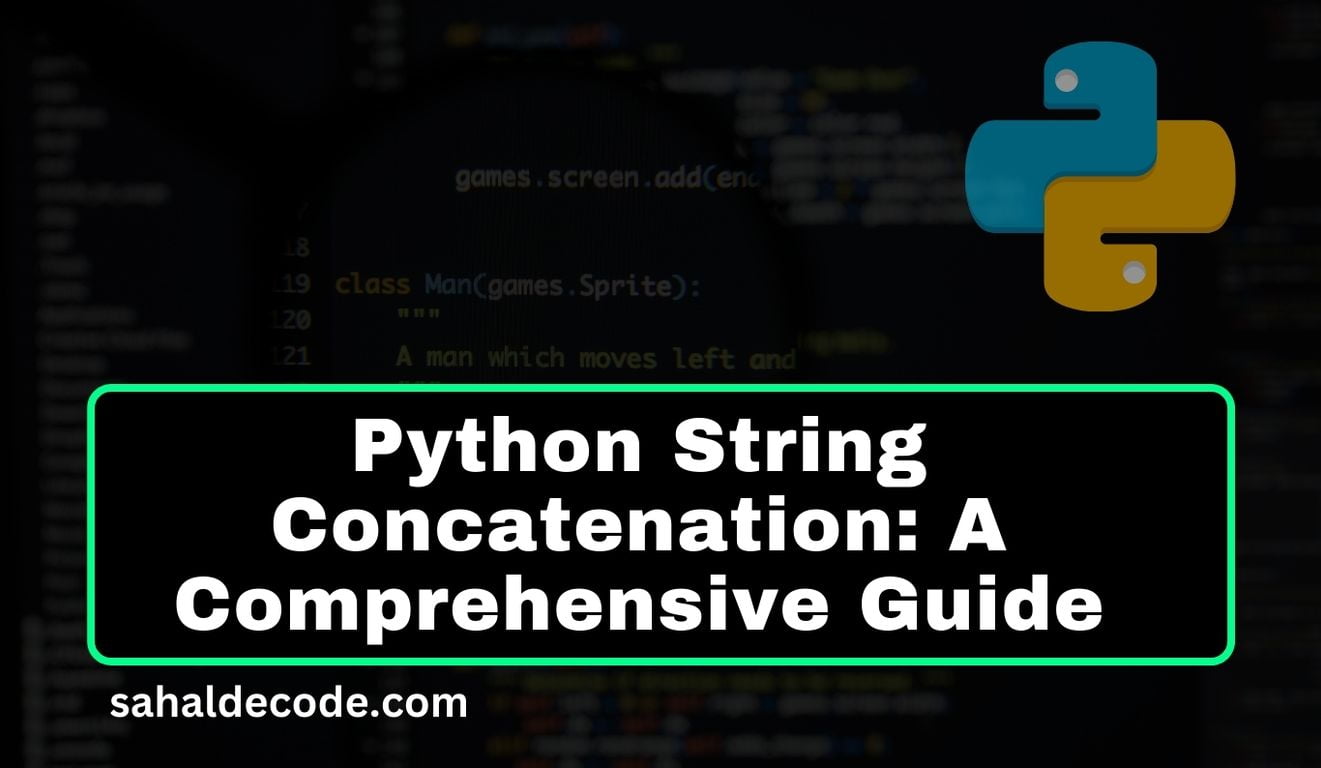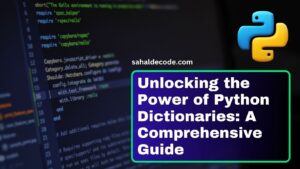Introduction:
Welcome to the world of Python programming, where you’ll unravel the magic of Python string concatenation. Strings, which are sequences of characters, play a vital role in programming, and Python offers an elegant way to combine and merge them. In this comprehensive guide, we’ll delve into the art of String Concatenation, provide you with clear examples, and ensure that even a 10-year-old can grasp these concepts with ease.
String Handling in Python
Understanding String Concatenation:
String concatenation involves merging two or more strings together to create a single string. Python provides the + operator to achieve this, allowing you to create longer strings from smaller ones.
Examples of Python String Concatenation:
Example 1: Combining Text
The simplest form of string concatenation is combining two strings to create a new one.
first_name = "John"
last_name = "Doe"
full_name = first_name + " " + last_name
print(full_name)
# Output: "John Doe"Example 2: Concatenating with Variables
You can also concatenate strings with the contents of variables.
greeting = "Hello"
subject = "world"
message = greeting + ", " + subject + "!"
print(message)
# Output: "Hello, world!"Example 3: Numeric Concatenation
Remember that Python treats numbers as strings if they are enclosed within quotes.
age = 25
message = "I am " + str(age) + " years old."
print(message)
# Output: "I am 25 years old."
Advanced Techniques for String Concatenation:
While the + the operator works well for simple concatenation, there are more efficient ways to concatenate a large number of strings. One such approach is using the join() method, which is particularly useful when dealing with lists of strings.
Practical Applications of String Concatenation:
The ability to concatenate strings opens the door to various practical applications:
- Building Messages: Creating dynamic messages by combining variables and static text.
- Generating URLs: Constructing URLs by combining base URLs and query parameters.
- Data Formatting: Preparing data for output or storage in a specific format.
Conclusion:
Congratulations! You’ve now gained a solid understanding of string concatenation in Python. By learning how to merge and combine strings, you’ve added a powerful tool to your programming arsenal. Whether you’re crafting messages, generating URLs, or formatting data, string concatenation is a skill that you’ll frequently rely on.
Remember to practice what you’ve learned and experiment with different scenarios. The more you practice, the more confident you’ll become in using string concatenation effectively.
External Resources:
Bonus Transition Sentence (33%):
Now that you’ve mastered the art of string concatenation, let’s transition to exploring some advanced string manipulation techniques that will take your Python programming skills to new heights.










